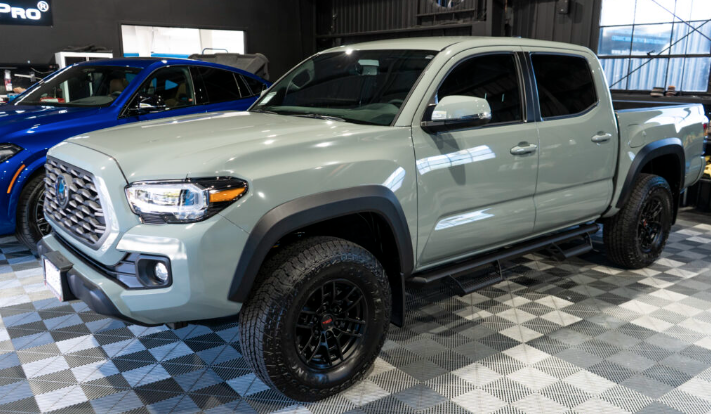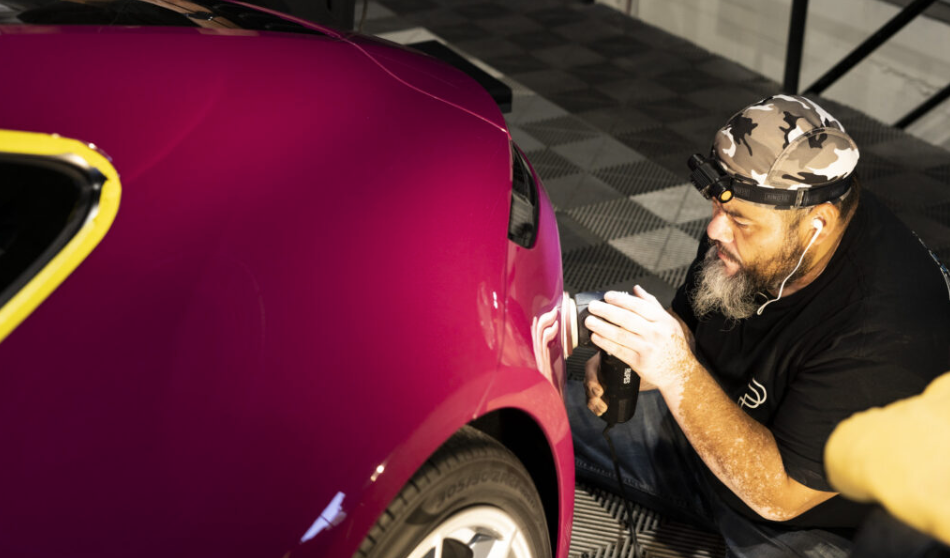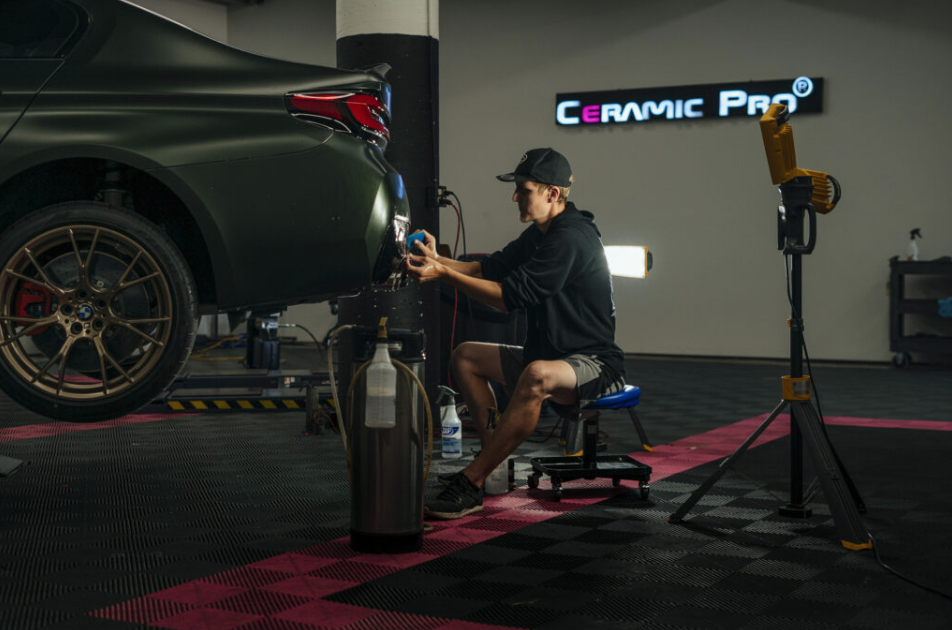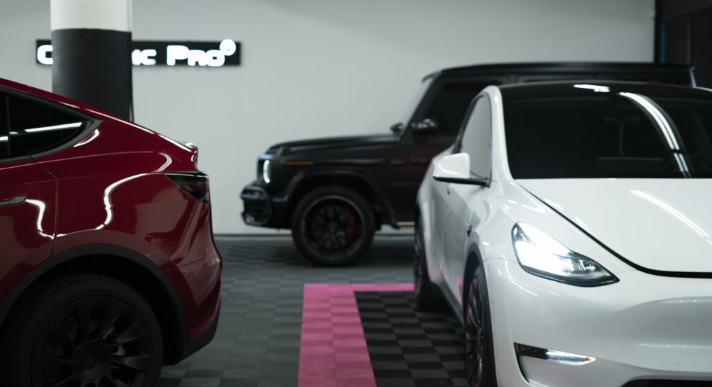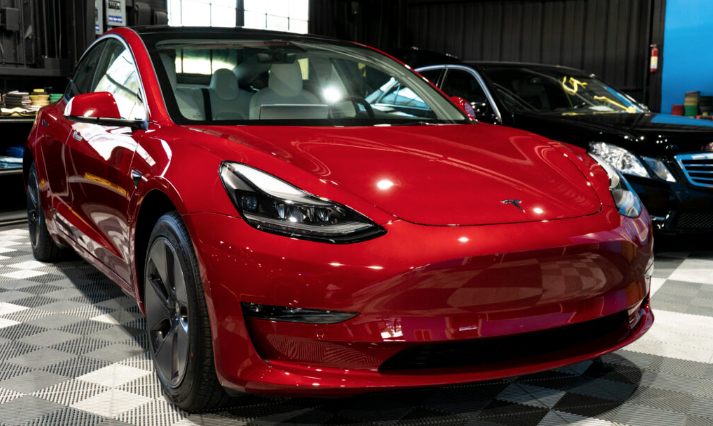
What is paint correction? Why is it important?
Whether you are a car enthusiast or simply looking to maintain the appearance and value of your vehicle, the condition of your vehicle’s paint can greatly affect the overall appeal of your car. Unfortunately, scratches, swirl marks, and other imperfections can accumulate over time, detracting from the beauty of your vehicle and making it harder to clean and maintain. This is where paint correction comes in – a process that can restore your vehicle’s paint job to its original condition, bringing back its shine and luster. In this article, we will dive into the world of paint correction, discussing what it is, how it works, and why it is so important for the appearance and value of your vehicle. Whether you’re a car owner or simply curious about the automotive industry, this guide will provide you with all the information you need to know about paint correction.
So, what is Paint Correction?
Paint correction is a process that is used to restore the appearance of your cars paint, by removing surface imperfections such as swirl marks, scratches, water spots, and oxidation. This process is typically done through the use of various polishing techniques and tools, which aim to remove a small amount of clear coat from the surface of the paintwork. Paint correction is an important process for anyone looking to improve the appearance and value of their vehicle, apply a ceramic coating, and or install paint protection film. Over time, scratches, swirl marks, and other imperfections can accumulate on a vehicle’s surface, detracting from its overall appearance and making it more difficult to clean and maintain. By restoring the paint, paint correction can greatly enhance the appearance and value of a car, while also making it easier to clean and maintain.

How is a paint correction service performed?
Paint correction involves several steps. Here is an overview of the steps involved in a proper paint correction service:
- Professional Inspection: The first step in a paint correction service is to thoroughly inspect the vehicle’s paintwork to determine the extent of the damage and identify any areas that require special attention. The level in which the paint needs to be corrected will be determined at this time.
- Detailing: The next step is to thoroughly clean the vehicle’s paint to remove any dirt, grime, or other contaminants that could interfere with the paint correction process.
- 1-Step or 2-Step Paint Correction: The correction stage is where the actual paint correction work is done. This typically involves using a series of abrasive polishing compounds, pads, and polishing machines to gradually remove a thin layer of the clear coat and eliminate imperfections in the paint.
You might be asking what is the difference between a 1-Step and 2-step paint correction?
The main difference between 1-step and 2-step paint correction is the level of correction that is achieved. Here’s a brief explanation of each process:
1-Step Paint Correction: As the name suggests, a 1-step paint correction involves a single stage of polishing. This typically involves the use of a fine/medium abrasive compound, which is used to remove light imperfections in the paintwork, such as light swirl marks, light scratches, and light oxidation. The end result is a noticeable improvement in the appearance of the paintwork, but it may not be perfect.
2-Step Paint Correction: A 2-step paint correction involves two stages of polishing, using both a more aggressive compound and a finer finishing polish. The first stage involves the use of a medium/heavy abrasive compound, which is used to remove deeper scratches, heavy swirl marks, and other more significant imperfections in the paintwork. The second stage involves the use of a finer finishing polish, which is used to refine the surface of the paintwork and create a high-gloss finish. The end result is a near flawless, mirror-like finish that looks like new.
Finishing & Protecting: Once the correction stage is complete, the vehicle’s paint is thoroughly cleaned again to remove any remaining polishing compounds. Your car paint is now prepped, and we can lock in your freshly corrected paint with a protection service. We recommend paint protection film for areas of your paint susceptible to impact damage, and a ceramic coating for complete protection over the entirety of your vehicle’s surface.

Why is paint correction important?
Paint correction is the foundation to expert level paint protection services. A thorough 1 or 2-step paint correction should be done prior to applying a ceramic coating or paint protection film for several reasons:
- Improves the Adhesion: Paint correction removes any contaminants or imperfections from the surface of the paintwork, creating a smooth, even surface that allows for better adhesion of the ceramic coating or paint protection film. This improves the durability and longevity of the coating or film, helping it to bond more effectively to the surface of the paint.
- Enhances the Appearance: Applying a ceramic coating or paint protection film over paint that is dull or damaged will not yield the best results. Paint correction helps to restore the shine and gloss of the paint, enhancing its appearance and ensuring a near flawless finish.
- Maximizes the Benefits: Ceramic coatings and paint protection films are designed to protect the paintwork from scratches, UV damage, and other environmental factors. However, if the paintwork is already damaged or contaminated, the coating or film may not be able to provide the maximum level of protection. By first correcting the paintwork, the coating or film can provide the full range of benefits it was designed to offer.
Saves Time and Money: Applying a ceramic coating or paint protection film over damaged or contaminated paintwork will not only produce suboptimal results, but it can also lead to the need for costly repairs or reapplications. By first correcting the paint, you can ensure that the coating or film will adhere properly and provide the best possible results, avoiding the need for costly corrections or reapplications down the line.
Conclusion
Overall, paint correction is an essential step in preparing a vehicle’s paint for the application of a ceramic coating or paint protection film. It enhances the appearance, improves adhesion, maximizes the benefits, and can ultimately save time and money in the long run. If you have any paint correction questions, please reach to our expert team. At Polished Protection, we are happy to answer any questions, and provide you with advice and guidance as it relates to paint correction services.

